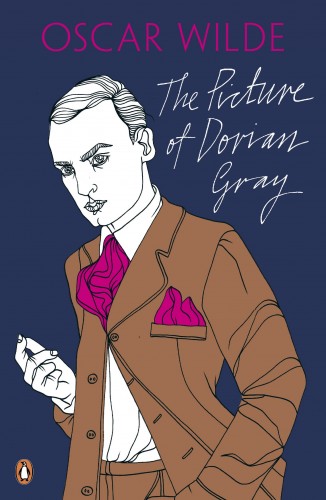 The Picture of Dorian Gray – Oscar Wilde
The Picture of Dorian Gray – Oscar Wilde
If you are in the mood to read a classic set in Victorian times which offers all the scandal, lechery and hedonistic pursuits of the modern day, The Picture of Dorian Gray is just the book!
“You will always be fond of me. I represent to you all the sins you never had the courage to commit.”
The Picture of Dorian Gray tells the story of Dorian Gray, a beautiful young man and his pursuits under the pupillage of the scandalous Lord Henry. Dorian, upon his first chance encounter with Lord Henry, is a young and vulnerable boy. The story revolves around Dorian, Basil, who is well taken with the beauty of Dorian, and captures his beauty in a portrait and Lord Henry, who reinforces the idea, in the young but vain Dorian, that his most prized characteristics are his youth and beauty. Dorian fears that Basil’s portrait of him would be a mere reminder of his youth and beauty. Dorian’s vanity gets the best of him as he pledges his soul, if only the portrait, in place of Dorian would bear the signs of old age and disrepute. The story explores the growth of Dorian from a young impressionable boy to a man who serves only one purpose: the realization of all his desires and whims. Dorian, well taken by the pursuits, preaching and the yellow book gifted to him by Lord Henry, follows ardently in his footsteps until it destroys him. Dorian’s beauty and youth remain intact, as conscience becomes a concept alien to him.
The book is more than a piece of literature as it explores many underlying themes. Starting from aestheticism and the love of art, which were two important subjects for Wilde throughout his literary career, it moves onto exploring a feigning society, influence, and the consequence of debauchery. The novel is a philosophical exploration of all these themes with a gripping storyline. Oscar Wilde‘s book is way ahead of its time and is still very relevant today. Every reading of this book brings forth a new theme, unexplored from your previous readings.




